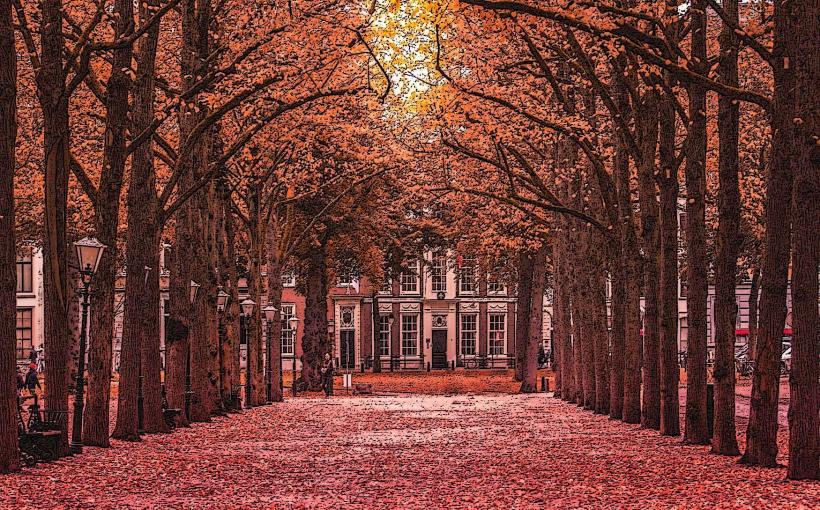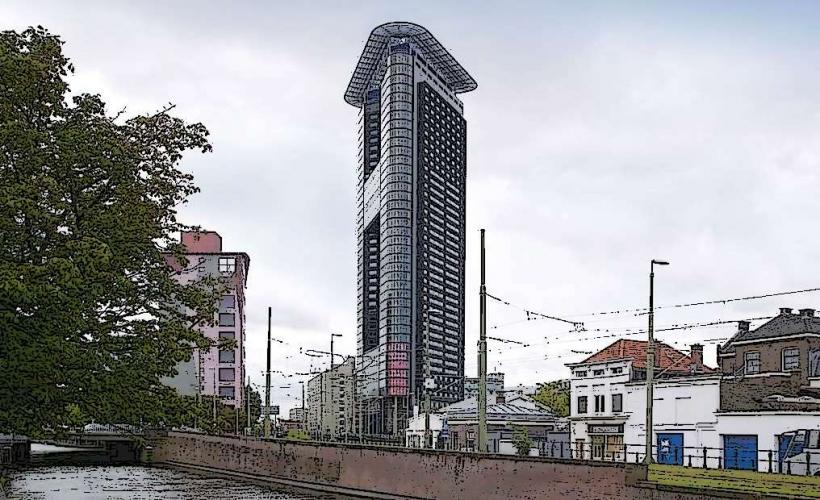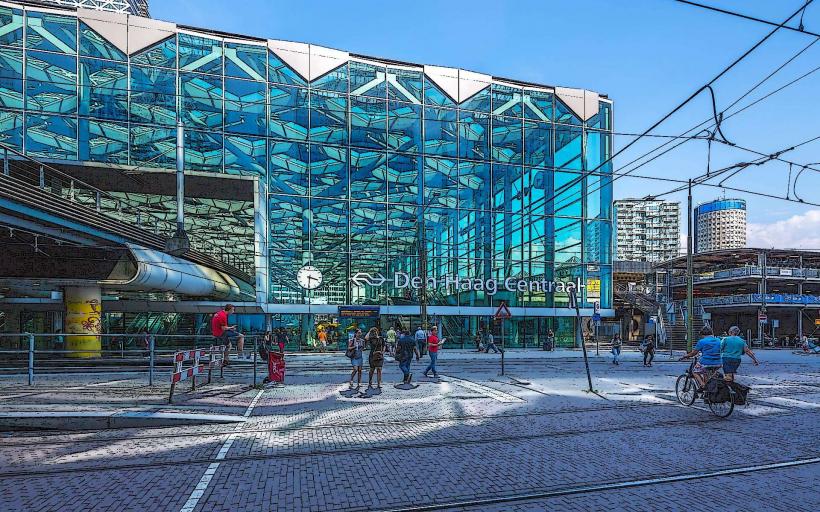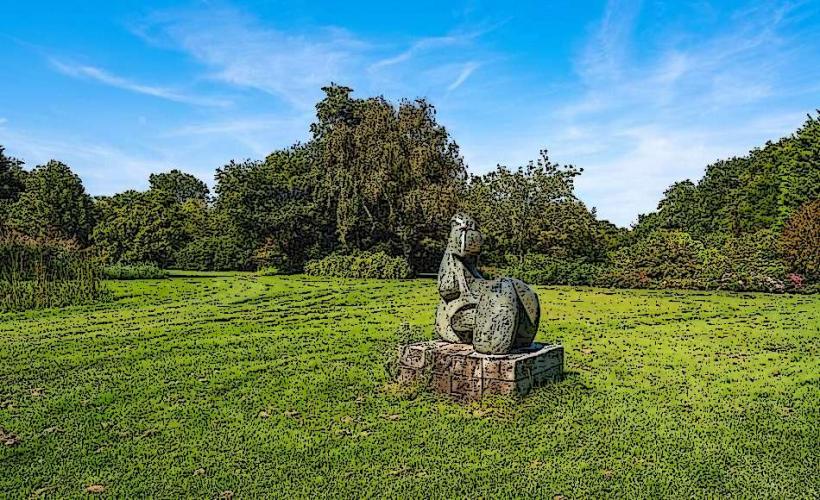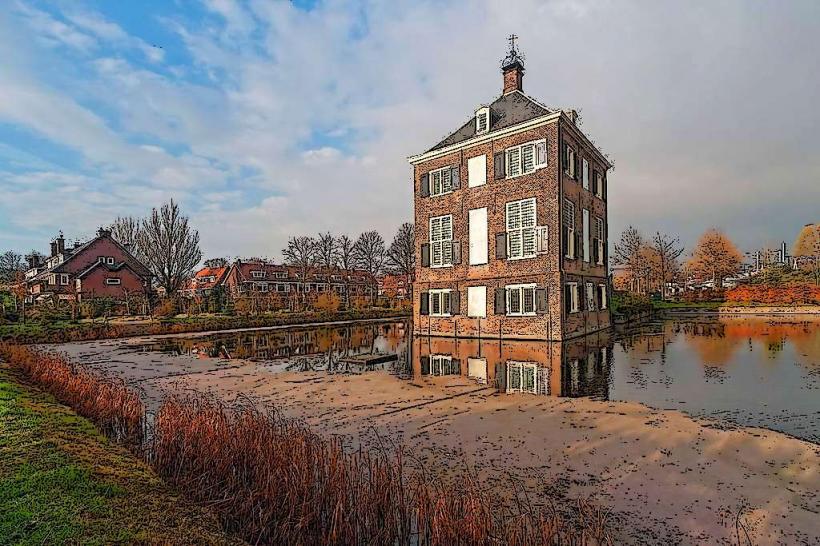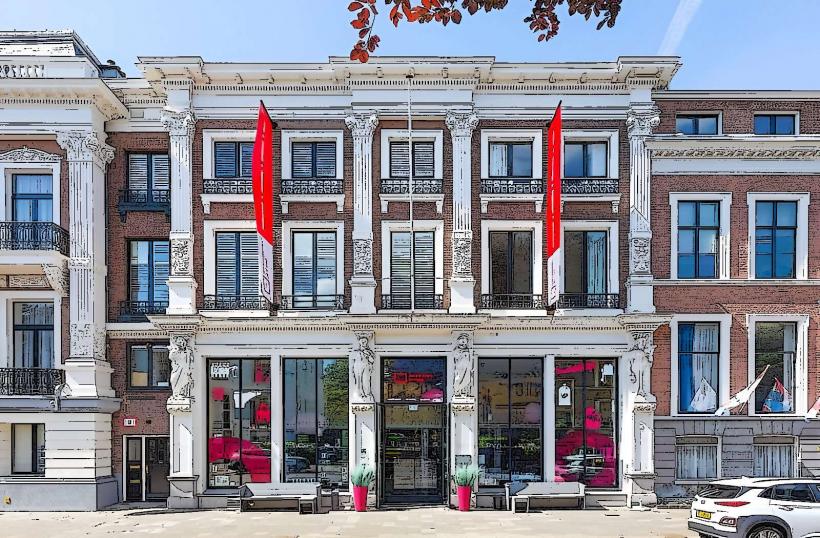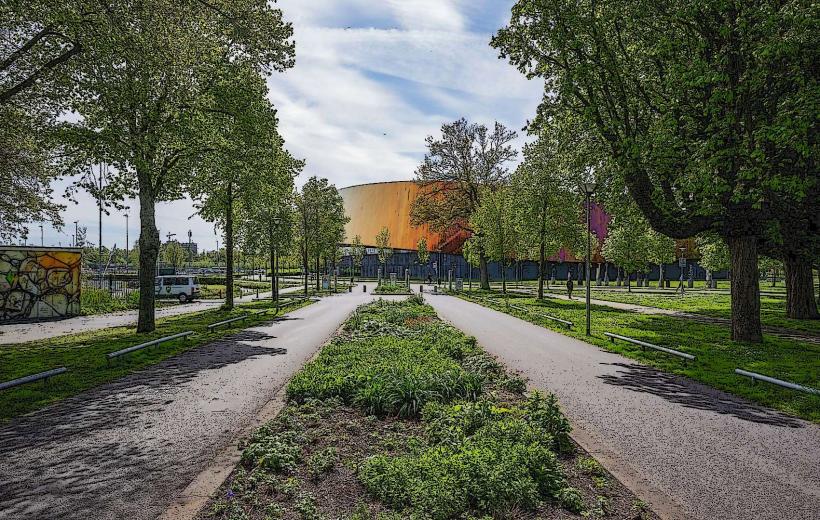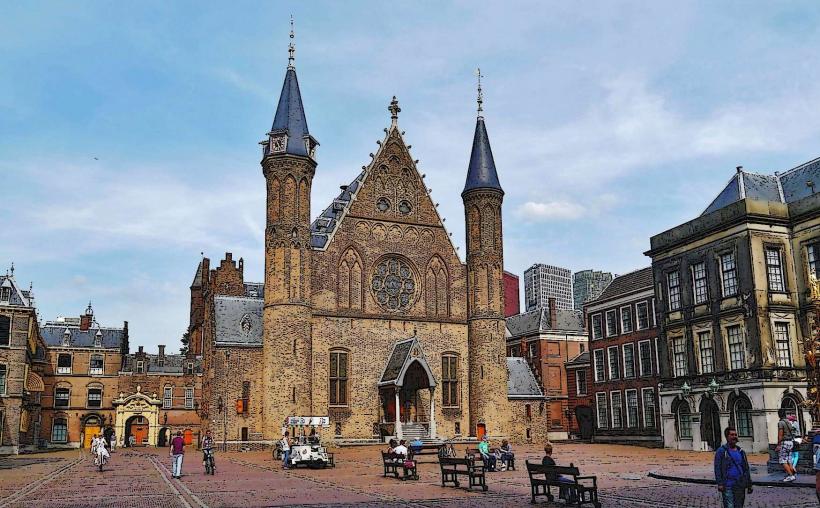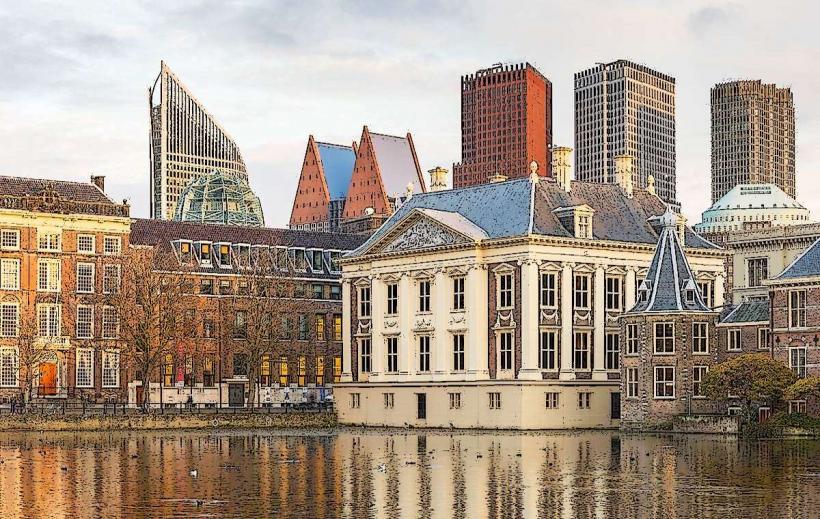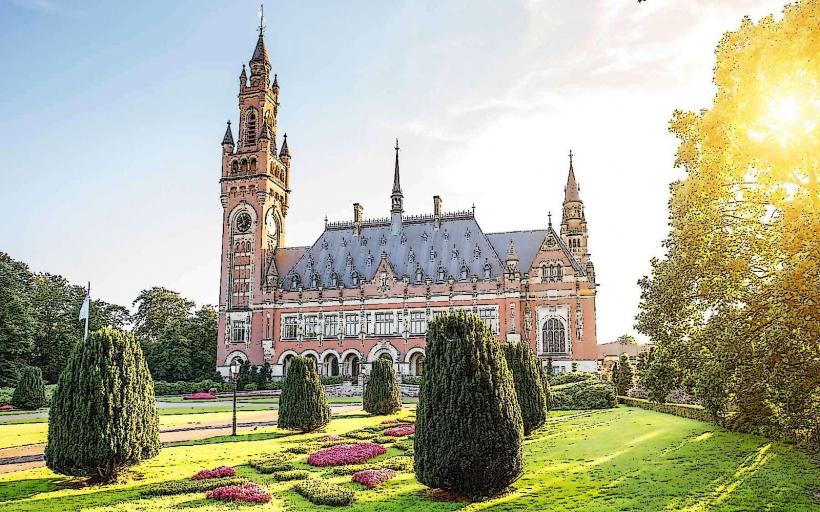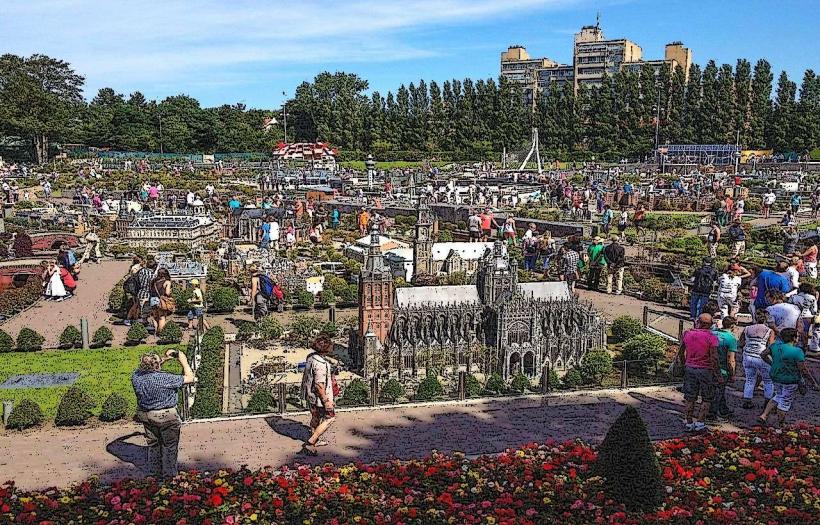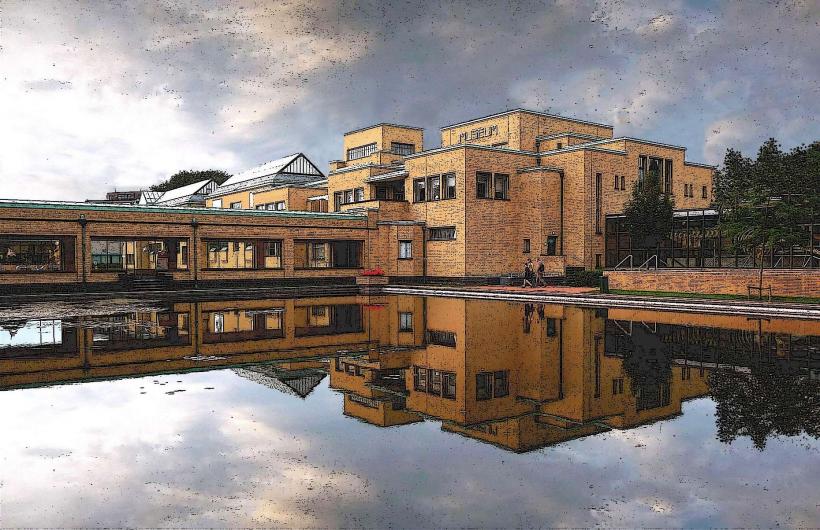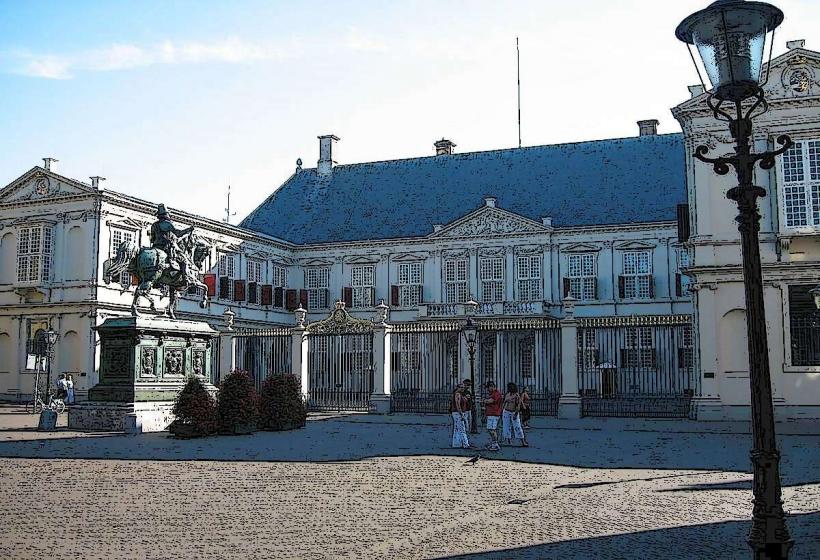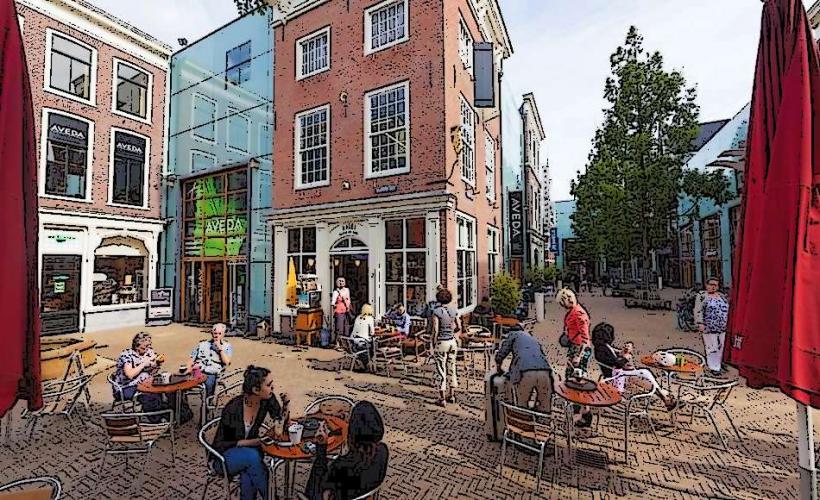Information
Landmark: St. Jacob's ChurchCity: The Hague
Country: Netherlands
Continent: Europe
St. Jacob's Church (Dutch: Jacobuskerk) is a notable Protestant church located in The Hague, Netherlands. This historic church has played an important role in the religious and cultural life of the city for centuries. Its beautiful architecture, rich history, and tranquil atmosphere make it a significant landmark in The Hague.
Key Features of St. Jacob’s Church
1. Historical Background
Foundation and Early History: St. Jacob's Church was founded in 1649, and its construction began shortly thereafter. The church was built during the Dutch Golden Age, a period of great prosperity in the Netherlands. The church served as a Protestant place of worship, primarily for members of the Dutch Reformed Church.
Architectural Significance: The church's design is a blend of Renaissance and Baroque styles, which was common during the 17th century in the Netherlands. It was initially constructed as a relatively simple Protestant church, but over time, it was enhanced with more elaborate features.
Role in The Hague: Over the centuries, St. Jacob's Church has been central to the religious life of The Hague, serving not only as a place of worship but also as a community hub. It has been the site of numerous important ceremonies, including baptisms, marriages, and funerals for prominent individuals in the city.
2. Architecture and Design
Exterior: The church’s exterior features a classic Dutch Protestant design, characterized by a relatively plain, brick façade. Unlike many Catholic churches of the period, St. Jacob's Church’s exterior is understated, reflecting the Protestant ethos of simplicity and modesty. The building has a gabled roof and a prominent bell tower.
Interior: The interior of the church is more ornate than the exterior, with a large, open nave and a wooden ceiling that features intricate carvings. The pews are arranged in a traditional manner, with a central aisle leading to the pulpit. The church has large stained-glass windows, though not as elaborate as those found in many Catholic churches, which still let in ample light and contribute to the peaceful ambiance.
The Organ: One of the most notable features inside the church is its impressive pipe organ, which dates back to the 17th century. The organ has been a focal point for church music and remains an important element in the church’s acoustics, used during services and concerts.
Pulpit and Font: The pulpit, made from wood and beautifully carved, is located near the altar. The baptismal font is also a significant feature in the church, used for baptisms as part of the Protestant liturgical tradition.
3. Notable Historical Events
Church Services: St. Jacob's Church has long been a place of regular Protestant worship, with weekly services and special ceremonies. It has a strong tradition of Reformed Christian worship, and the preaching has been a key aspect of its role in the community.
Royal Connections: The church has strong historical ties to the Dutch royal family. Members of the royal family have attended services here, and the church has often hosted important events, such as royal weddings or funerals. It is considered one of the more significant Protestant churches in The Hague.
World War II: Like many buildings in The Hague, St. Jacob’s Church was affected by the Second World War. While it did not suffer direct damage, it was closely involved in the post-war rebuilding efforts of the city. The church also served as a symbol of hope and resilience during the war.
4. Cultural and Religious Importance
Protestant Community: The church remains an active center for the Protestant community in The Hague. It is part of the Protestant Church in the Netherlands (PKN) and serves as a gathering place for the faithful. Regular services, special events, and community gatherings continue to take place here.
Music and Concerts: St. Jacob's Church is known for its musical heritage, particularly its excellent acoustics and the use of the historic organ. The church often hosts organ concerts and classical music performances, making it a cultural venue in addition to a place of worship. These performances attract both locals and tourists.
Cultural Events: Beyond religious services, the church hosts a variety of cultural events, including exhibitions, lectures, and community activities. The church serves as a venue where religious and cultural life meet, offering programs that engage both the faithful and the wider public.
5. Visitor Experience
Guided Tours: Visitors to St. Jacob’s Church can take guided tours to learn more about its history, architecture, and significance in The Hague’s cultural landscape. Knowledgeable guides explain the history of the church and point out interesting features of the building.
Services for Visitors: Visitors can attend church services, which are typically held on Sundays. These services provide a glimpse into the tradition of Protestant worship in the Netherlands, with sermons, hymns, and the reading of Scripture.
Art and History: Visitors to the church can explore the historical significance of the artwork and decorations inside. The church contains several works of art, including portraits of key historical figures and religious scenes, which are central to understanding the church's role in The Hague's religious and cultural life.
6. Location and Accessibility
Location: St. Jacob’s Church is located in the center of The Hague, within walking distance of other key cultural and historical landmarks in the city, such as Binnenhof and Mauritshuis. It is easy to reach by public transportation, including trams and buses, making it a convenient stop for visitors exploring the city.
Opening Hours and Admission: The church is generally open to visitors during the week, with specific hours for services and special events. Admission is usually free, but donations are encouraged to support the maintenance of the church and its programs.
7. Conclusion
St. Jacob’s Church is a beautiful and historic landmark in The Hague, offering visitors a unique look at the intersection of religion, history, and culture. With its rich architectural heritage, historical significance, and role as an active center for Protestant worship, it remains a vital part of the city's spiritual and cultural landscape. Whether you're interested in history, architecture, or religious life, St. Jacob’s Church provides an enriching experience for visitors.

